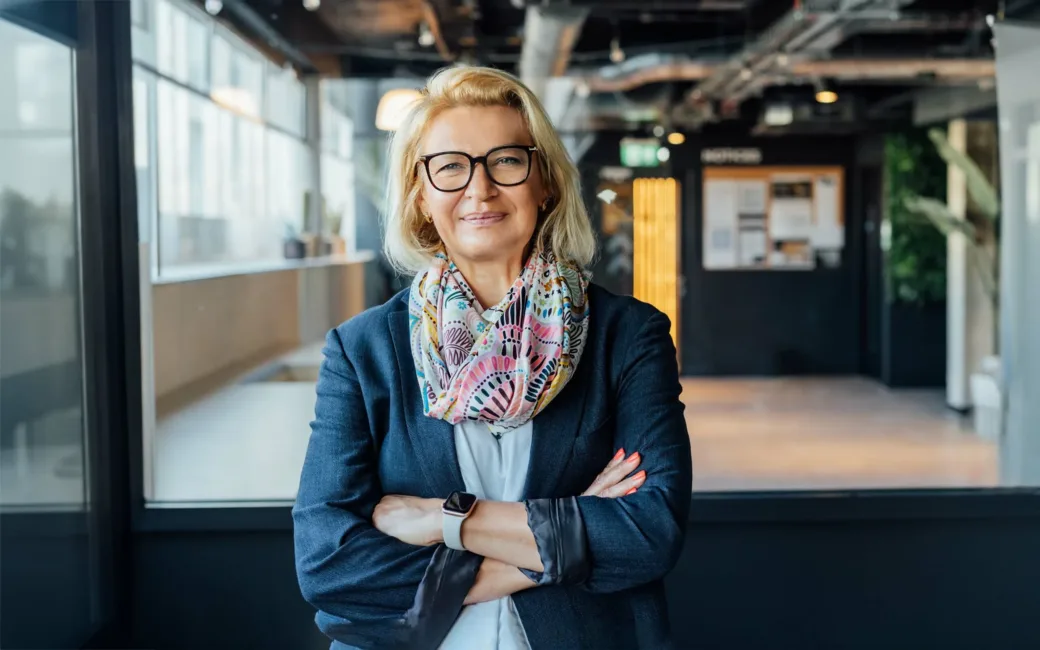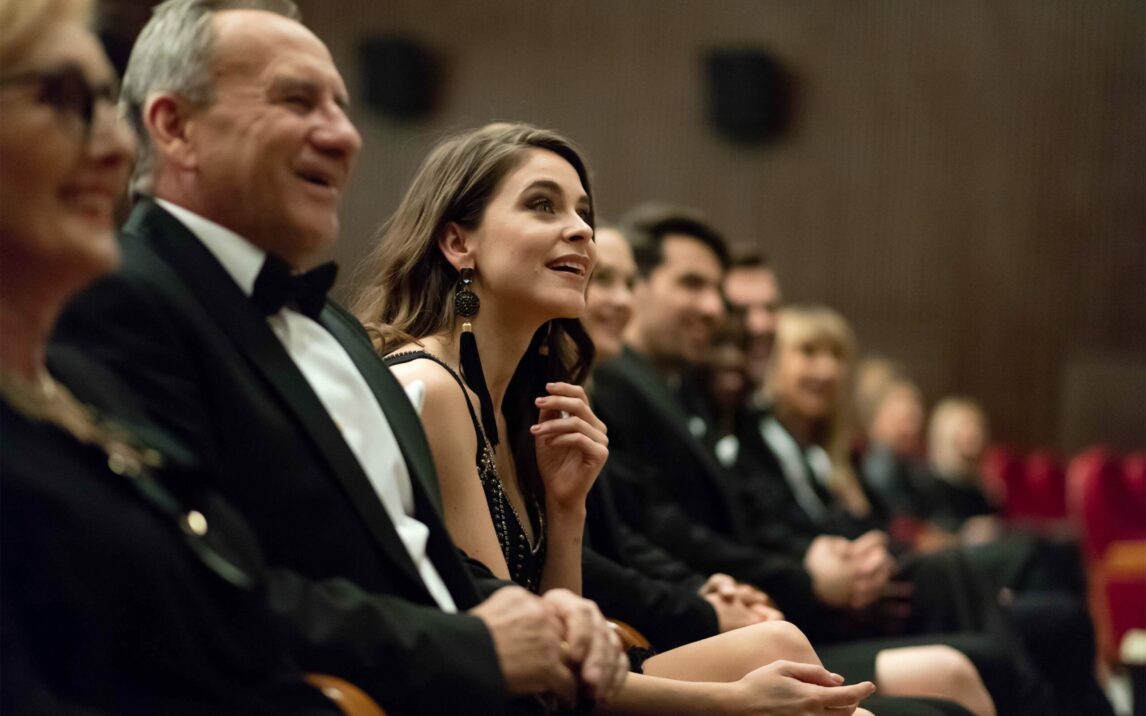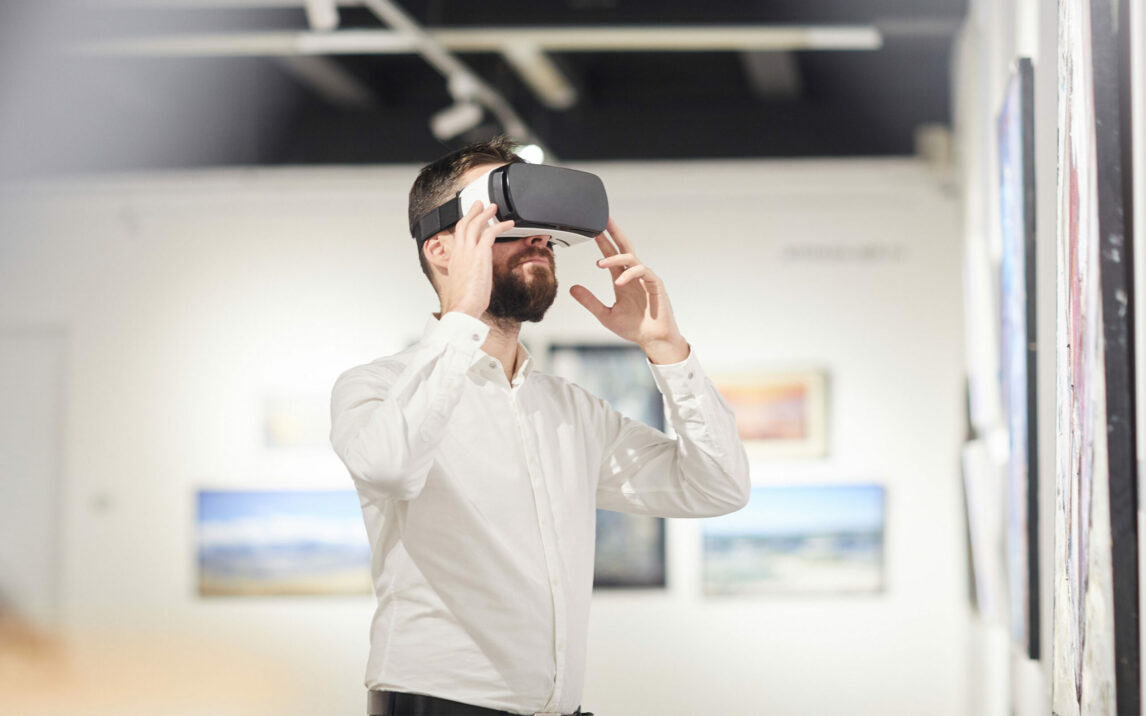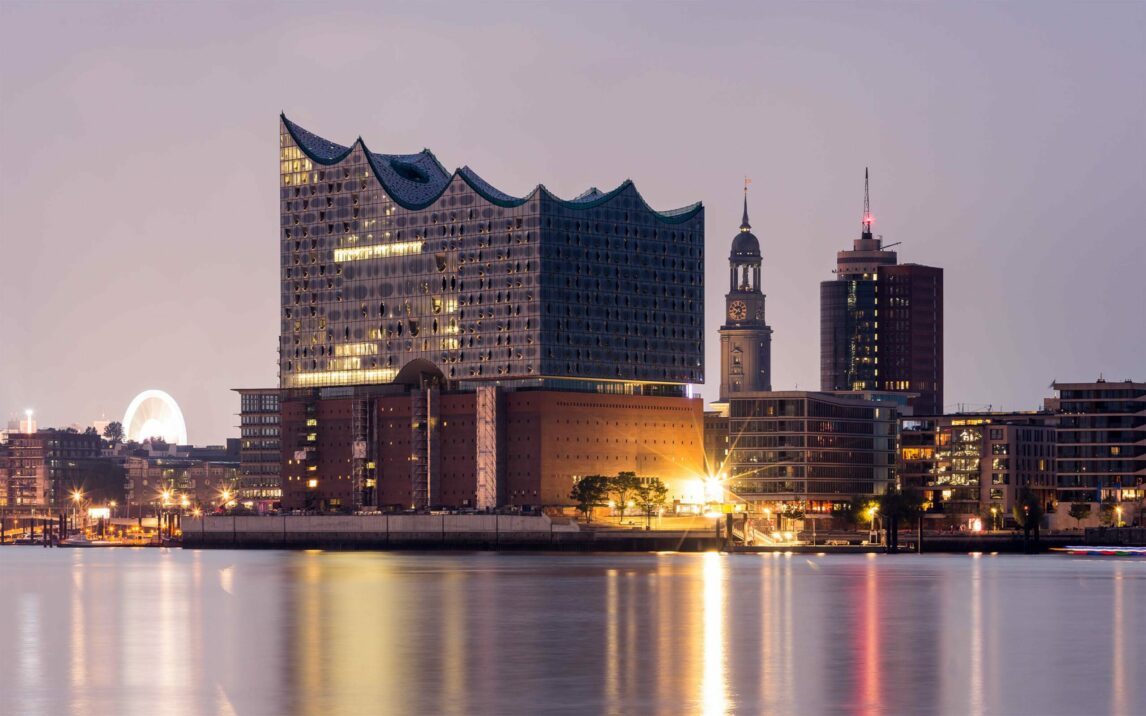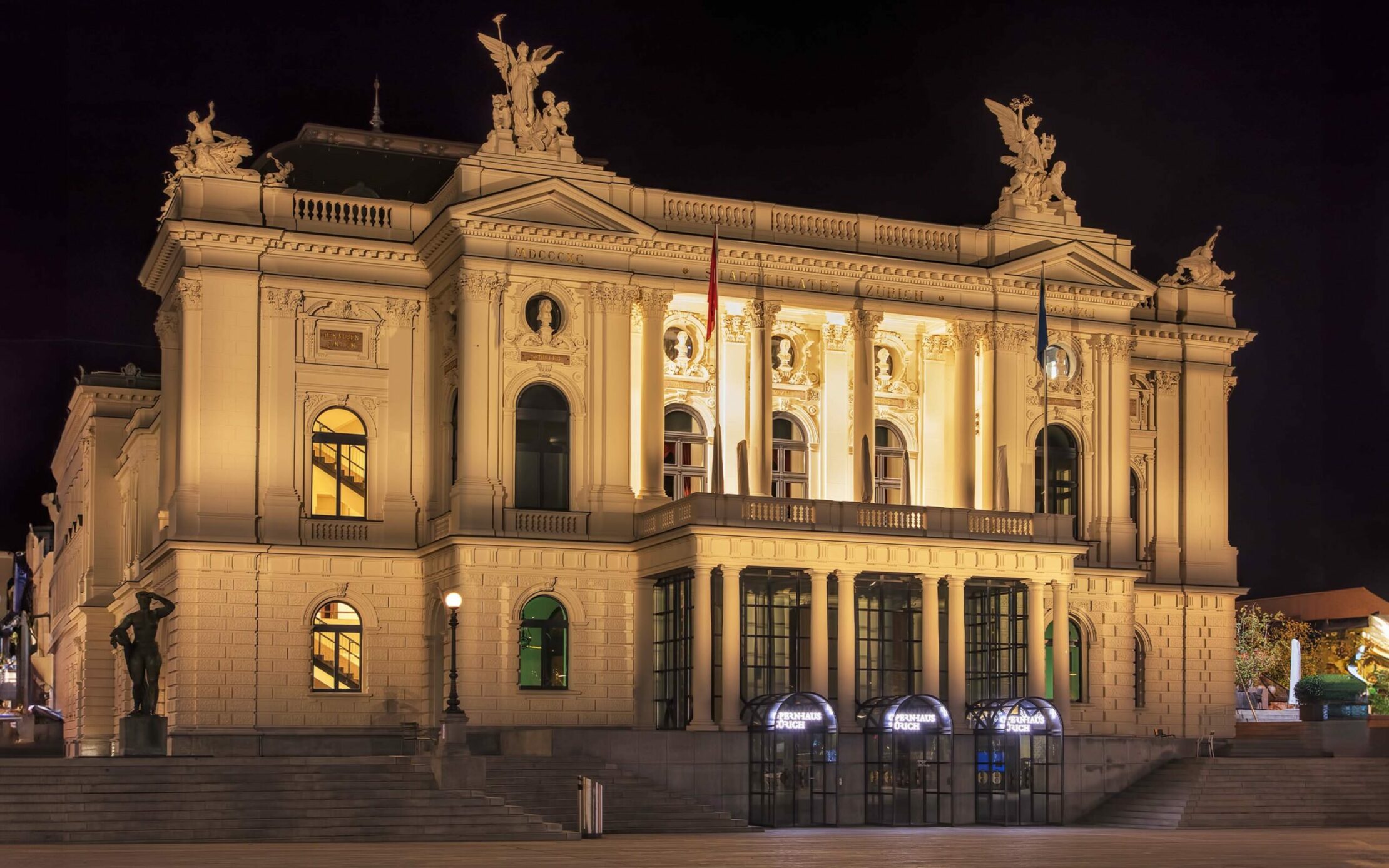Whether singers, musicians, directors, or dancers, many of them are not permanently employed at the opera house but are guests who are at least temporarily involved in the opera house experience and contribute to the success of the establishment. There are nearly 1,000 individuals per year, from over 50 nations. The planning of assignments, salary negotiations, possible requests for work permits, contract management, time management, and accounting are time-consuming, prone to errors, and require a lot of coordination between the parties involved: administration, agency, artist.
As part of the digitalization project ‘ContractFlow‘, an end-to-end process was designed across departments, starting with the planning of assignments and ending with accounting. The following guidelines were set: Purely digital documentation/communication, no use of paper, no media disruptions, Single Point of Truth (i.e. digital documents are stored in only one place), electronic signatures, maintenance of master data by the artists.
The new process was mapped onto the existing IT architecture and an IT target image was derived that seemed implementable within 12 months. The optimization of the existing IT architecture and training of the new process were the focus. This allowed the benefits of the new ContractFlow process to be realized relatively quickly. In the medium term, consideration is being given to a digital platform that is universally suitable for digitizing administrative and artistic processes and enables the trustworthy sharing of data with partners (e.g. artists, media, cultural platforms, other stages, visitors).
